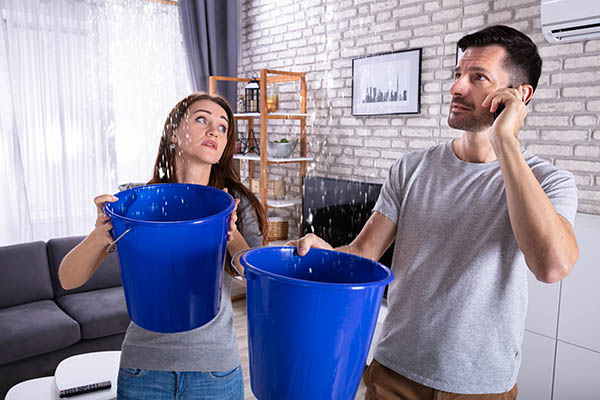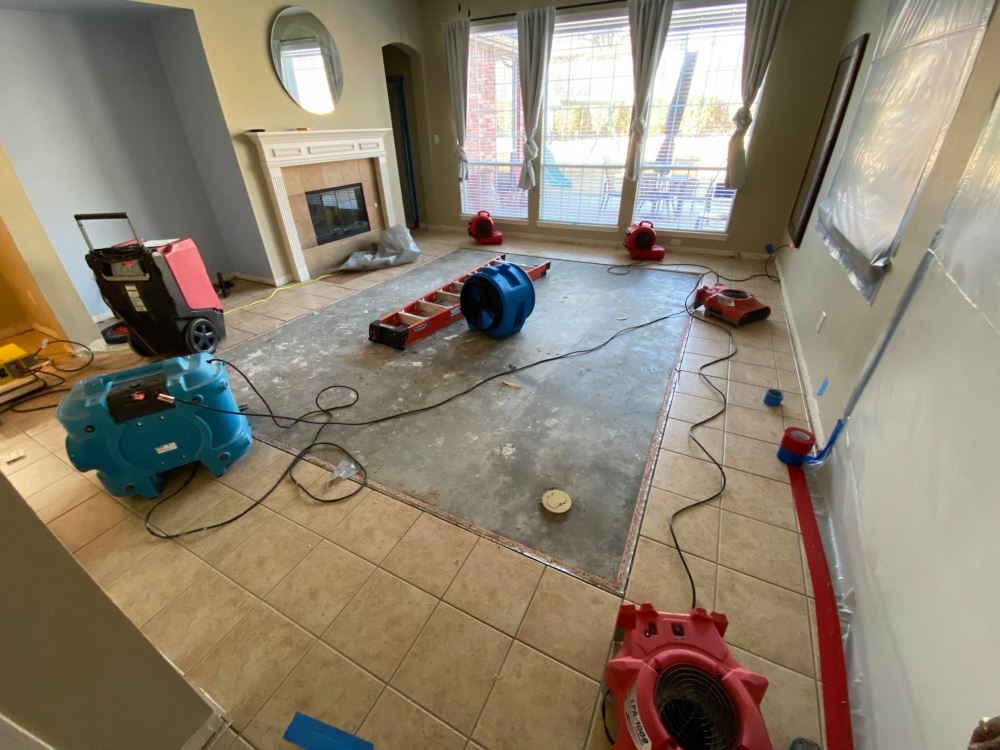Water Damage Restoration 101: Comprehending the Process and Price
Water damage can strike suddenly, leaving house owners in a state of confusion. Understanding the repair procedure is necessary for reliable recuperation. From examining the damage to selecting the ideal company, each action affects the total end result and cost. Factors such as the kind of water damage and urgency also play a considerable function. What are the specific methods used in repair, and how can one prepare for possible expenditures?
Kinds Of Water Damage
Water damage can occur from numerous resources, each providing one-of-a-kind challenges for reconstruction. The three primary sorts of water damage are categorized based on contamination degrees: tidy water, gray water, and black water. Clean water stems from sources like damaged pipes or rainwater, presenting minimal wellness risks. Gray water, that includes wastewater from sinks or washing machines, consists of pollutants that may trigger discomfort or illness if consumed. Black water, one of the most unsafe category, comes from sewer or floodwaters, containing unsafe germs and pathogens. Each kind demands certain repair techniques and security actions to efficiently mitigate and address the damage wellness dangers. Understanding these distinctions is vital for property owners and specialists entailed in the water damage restoration procedure.
First Analysis and Examination
A detailed first assessment and evaluation are vital steps in the water damage reconstruction procedure. This stage starts with a specialist evaluating the extent of the damage, identifying the source of the water invasion, and figuring out the sort of water included - Flood Cleanup Services. Specialists use specialized equipment to measure wetness degrees in various products, such as wall surfaces, floorings, and furniture. Additionally, they analyze structural integrity and potential wellness risks, including mold growth. The searchings for from this examination notify the restoration plan, assisting necessary activities and resource allowance. Exact paperwork of the damage is important for insurance cases and future reference. Generally, this first assessment lays the foundation for effective restoration, ensuring a thorough response to the particular scenario at hand

Water Extraction Techniques
Complying with the first analysis, effective water extraction strategies are used to minimize damage and protect against more issues. These techniques involve using specific devices such as industrial-grade vacuum cleaners and completely submersible pumps. The selection of technique depends on the volume of water existing and the type of materials impacted. For standing water, submersible pumps are typically utilized for quick elimination, while vacuum cleaners are ideal for extracting water from rugs and furniture. In addition, advanced techniques like water extraction floor coverings may be used for hard-to-reach areas. The goal is to eliminate as much water as feasible, reducing the potential for mold and mildew growth and structural damage. Motivate and effective water extraction is essential in the general water damage reconstruction process.
Drying Out and Dehumidification Process
When the water removal is full, the drying and dehumidification process becomes important to recovering the afflicted area. This phase commonly utilizes industrial-grade dehumidifiers and air moving companies to effectively minimize moisture levels. The dehumidifiers reel in damp air, eliminating excess humidity, while air moving companies distribute air to increase dissipation. Monitoring devices is usually used to track moisture and temperature degrees, making sure suitable drying out problems. The period of this process can vary relying on the extent of the water damage and ecological elements. It is necessary to extensively completely dry all influenced materials, including walls, floor covering, and home furnishings, to stop mold and mildew growth and architectural damage. Correct implementation of this action is vital for an effective reconstruction end result.
Cleaning Up and Sterilizing Damaged Locations

First Analysis and Inspection
Before beginning any type of repair initiatives, a thorough initial assessment and inspection of the influenced areas are vital for reliable cleaning and sanitizing. This process includes recognizing the level of water damage, determining the resource of the water invasion, and examining the products affected. Inspectors commonly try to find signs of mold growth, architectural stability problems, and damaged possessions. The assessment also consists of inspecting moisture degrees making use of customized equipment to guarantee no concealed water pockets stay, as visit this website these can bring about further complications. Recording the searchings for is vital for intending the following actions in the remediation procedure. An in-depth initial assessment enables repair experts to design a targeted approach for reliable cleaning and disinfecting, inevitably decreasing damage and wellness risks.
Cleaning Techniques and Products
Reliable cleaning and sanitizing of water-damaged locations need a variety of items and strategies customized to the specific products impacted. For permeable surfaces like drywall and carpets, extraction methods are important to remove excess wetness, adhered to by deep cleansing with specialized cleaning agents. Non-porous materials such as ceramic tile or metal can be cleaned using commercial-grade cleaners that properly eliminate contaminants. Heavy steam cleansing is another efficient strategy, especially for rugs and furniture, as it makes use of high temperature levels to get rid of bacteria and mold and mildew. Furthermore, environment-friendly items are significantly preferred for their safety and security and effectiveness. Inevitably, selecting the ideal cleansing methods and items not only ensures prompt tidiness yet also help in preventing further damage and carcinogen connected with water invasion.
Sanitization and Disinfection Methods
When dealing with water damage, appropriate sanitization and sanitation methods are important to guarantee the safety and security and wellness of the afflicted environment. After first cleaning, surfaces must be treated with proper disinfectants to remove virus, mold and mildew, and bacteria that prosper in damp problems. Common approaches consist of making use of EPA-approved chemical anti-bacterials, which can be used with spraying or cleaning strategies. Additionally, ultraviolet (UV) light systems can successfully sanitize areas by counteracting microorganisms without severe chemicals. The option of approach frequently relies on the kind of materials influenced and the degree of contamination. Ultimately, complete sanitization not just restores a secure space yet also aids stop future health threats linked with lingering dampness and mold and mildew development.

Repair Work and Restoration Options

Variables Affecting Restoration Prices
The extent of water damage straight impacts the remediation costs home owners can anticipate to incur. Factors such as the resource of the water, the duration of direct exposure, and the damaged products greatly affect pricing. As an example, tidy water damage from a damaged pipe is generally much less costly to recover compared to damage brought on by sewer. In addition, the degree of contamination dictates the need for specialized cleaning and disposal services, further boosting expenses. Geographical location also contributes, as local labor prices and schedule of reconstruction solutions can differ. The seriousness of the response affects prices; quicker interventions usually lead to lower total expenses by protecting against further damage. Comprehending these variables is crucial for homeowners when estimating restoration costs
The 3 main types of water damage are categorized based on contamination levels: clean water, grey water, and black water. An extensive preliminary analysis and inspection are crucial steps in the water damage repair process. For standing water, completely submersible pumps are usually used for quick removal, while vacuums are suitable for drawing out water from rugs and furniture. The degree of water damage directly impacts the restoration costs property owners can expect to sustain. Tidy water damage from a busted pipeline is generally less expensive to restore compared to damage created by sewage.